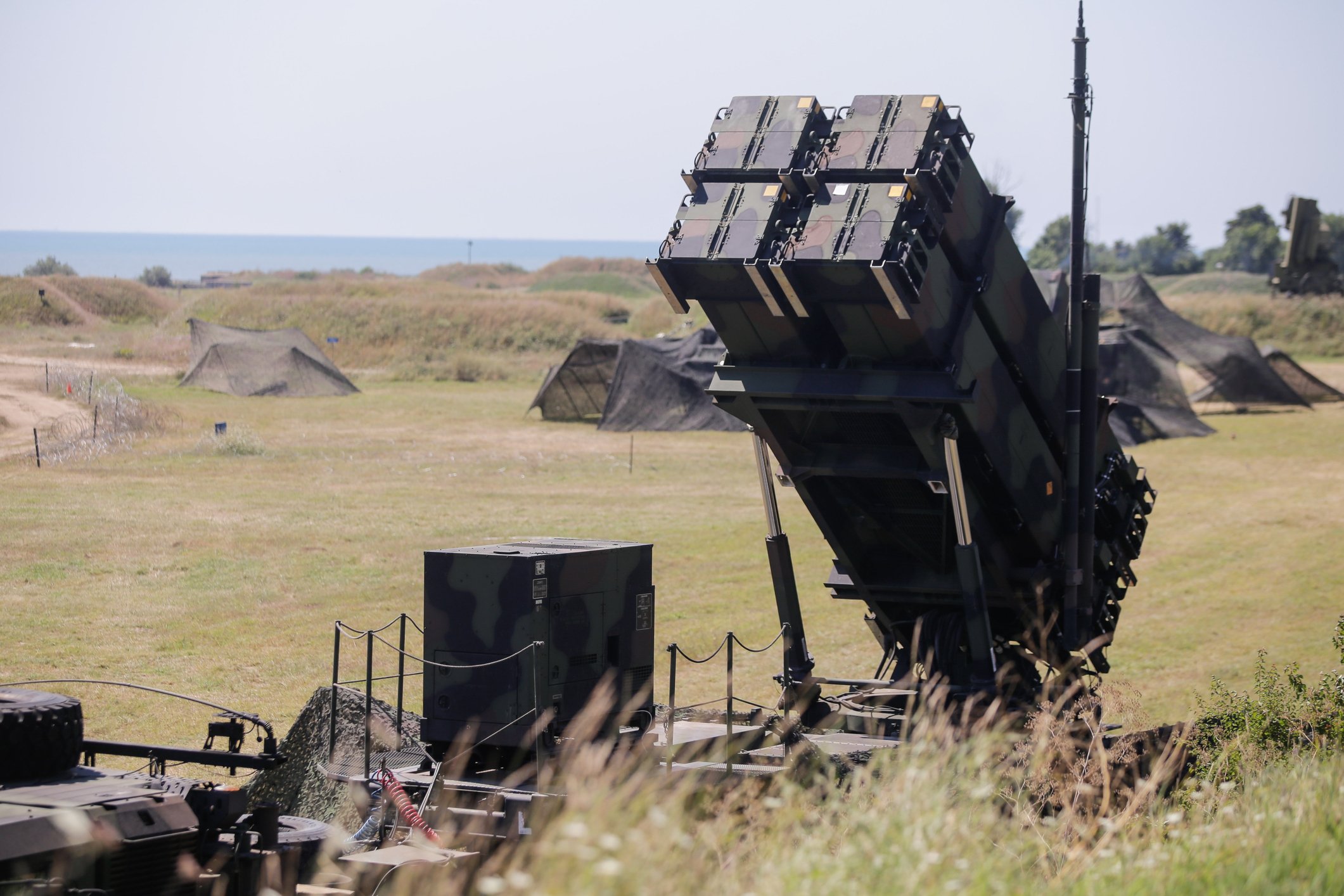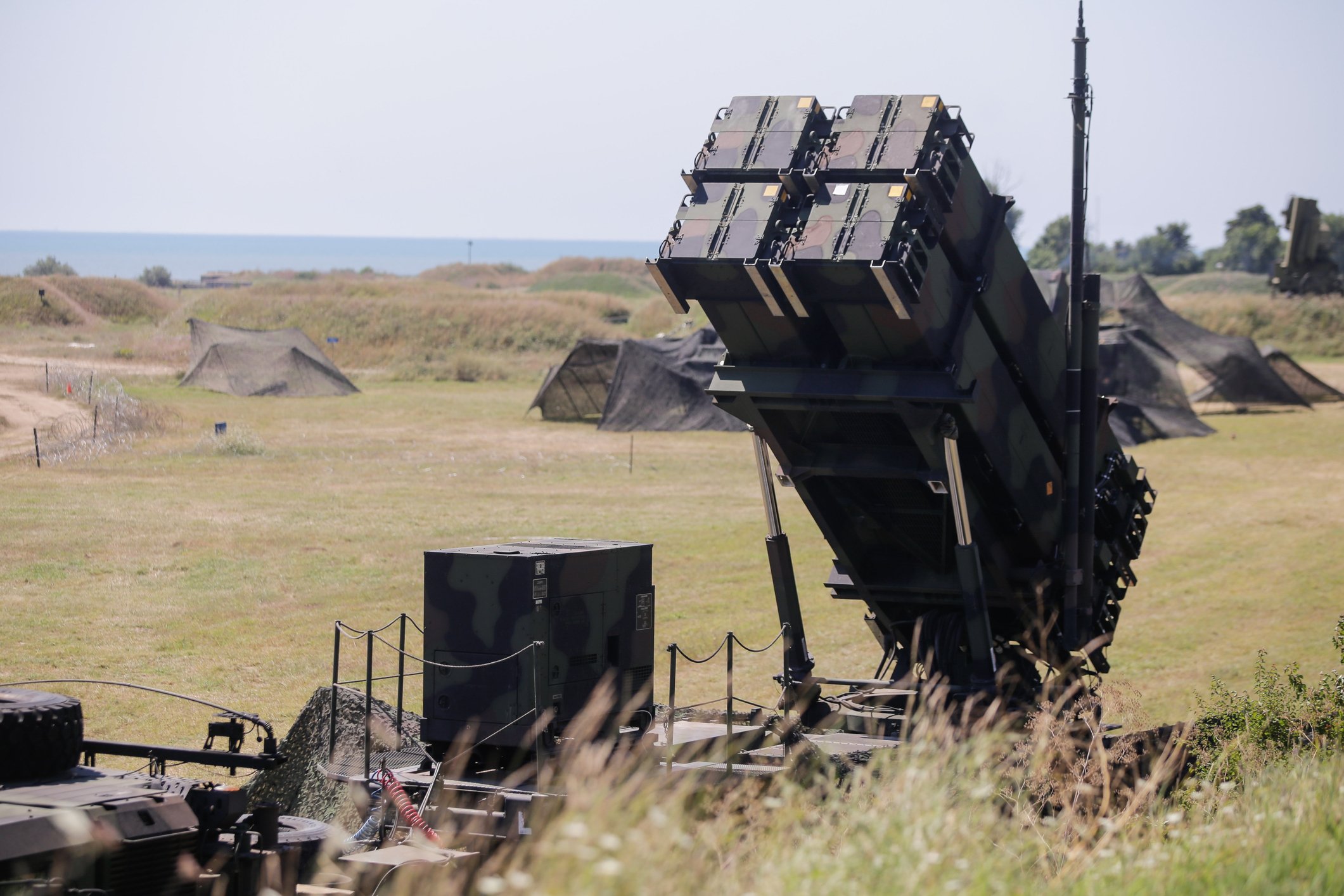The mightiest force on the high seas, the United States Navy boasts a fleet 283 warships strong. In comparison, Russia's navy, once America's archrival, has only 208 warships -- but Russia is closing the gap, and quickly.
Russian Kirov-class nuclear-powered missile cruiser at sea. Source: Wikimedia Commons
Just last week, in an interview with RIA Novosti, deputy commander of the Russian Navy Rear Adm. Viktor Bursuk confirmed plans to add 40 new vessels to the Russian fleet this year alone -- taking the fleet to within just 35 ships of U.S. fleet strength. Surface warships will make up the bulk of the additions, but a Borey-class nuclear-powered ballistic missile submarine and a Varshavyanka-class diesel-electric submarine are both on order as well. An advanced search-and-rescue ship, the Igor Belousov, will further backstop Russia's submarine forces by extending the country's ability to assist submarines in distress.
Building a nuclear navy
Nor is this the end of Russia's expansion plans. Bursuk told RIA that Russia is working quickly to upgrade the "mothballed" Kirov-class nuclear-powered missile cruiser Admiral Nakhimov, and refurbishing three nuclear-powered attack submarines. Plans may even include the addition of a nuclear-powered aircraft carrier -- Russia's first.

Russia's only active aircraft carrier, the Admiral Kuznetsov. Source: Wikimedia Commons
Why the sudden spate of shipbuilding? President Vladimir Putin gave us a hint last year. In a statement delivered to the Russian Defense Ministry in December, Putin averred that one of Russia's "top defense priorities" going forward is to increase Russia's influence at the North Pole.
And for good reason.
The Cold War is over. Now we're talking global warming
Global warming has opened up 1 million square miles of new navigable waters in the Arctic Ocean. Already commercial shipping companies are beginning to exploit new routes. More crucially to Russia are the mineral resources made accessible by a shrinking ice cap. Already, 95% of Russia's probable natural gas reserves are located in the Arctic, with sizable deposits found in Russia's adjacent Barents and Kara Seas. 60% of the country's believed oil reserves are located in the Arctic as well. Local oil and gas giants Rosneft and Gazprom (OGZPY +0.00%), therefore, have a vested interest in defending these deposits... and searching for new ones.
Earlier this month, Russia announced plans to up the tempo of air patrols in the Arctic "significantly," flying Tu-142 and Il-38 reconnaissance and anti-submarine warfare aircraft. The country also intends to reopen upwards of a half dozen Arctic airfields and ports, shuttered since the days of the Cold War.
According to reports, many of Russia's new warships may be tasked for Arctic duty to defend these interests. And if Russia actually does build itself a nuclear aircraft carrier, Admiral Vladimir Vysotsky, former Commander of the Russian Northern Fleet, thinks it should be sent to the Arctic to support the country's nuclear submarines.
America responds... sort of
America isn't standing entirely still in the face of this Arctic military buildup. Last week, word began filtering out about a new Navy report advocating a program to "harden" U.S. warships to enable them to operate in an Arctic environment -- at a cost of up to $8.4 billion. Talk of a project to build up to 10 new Arctic icebreakers, at a further cost of $7.8 billion, has also begun. If these projects get under way, it could mean billions of dollars of new revenues for America's three main military shipbuilders: Lockheed Martin (LMT +0.79%), General Dynamics (GD +0.05%), and Huntington Ingalls (HII +1.68%).
But while America talks, Russia is forging ahead at flank speed -- and building a new Arctic Navy.

Flagship of the American Arctic fleet? The 38-year-old icebreaker USCGC Polar Star. Source: Wikimedia Commons









